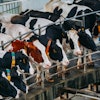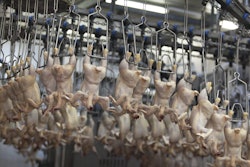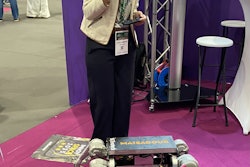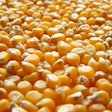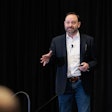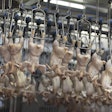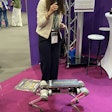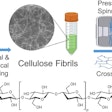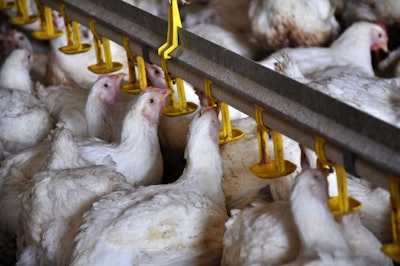
A new approach to the way already existing water consumption data is analyzed on poultry farms could identify changes in bird activity and behavior more quickly.
"We can detect the subtle changes within these birds that can indicate with over 91% certainty that their immune system has fired," said David Speller, CEO, Optifarm.
"At this stage, we can't tell you exactly why it's fired. We're working on that, but to be able to take data from water meters, which the farmers already have, and suddenly put visual across all of your flocks and get an idea of your health status and how that changes in real time — I think that is really great."
The system connects directly to existing environmental control panels from most major manufacturers, making it hardware-agnostic and requiring only remote data access. "You don't have to buy any new equipment. You're just sharing some numbers," Speller noted.
At the 2025 Poultry Tech Summit, Speller will discuss how the system can detect the innate immune response of birds on farm by primarily tracking subtle changes in the drinking routines of those birds.
The Poultry Tech Summit, scheduled for November 3-5, 2025, at the Atlanta Airport Marriott in Atlanta, Georgia, brings together inventors, researchers, entrepreneurs, poultry industry professionals and established technology providers to discuss challenges and solutions for all aspects of the poultry supply chain.
Registration for this event is now open.
New business model in plain language
The platform is free to join and deploy, with farmers receiving overarching health status views at no cost. Users only pay when requesting detailed diagnostic reports, eliminating fixed monthly subscription fees that often deter adoption.
"It's a new business model that's out there where it's free to join, free to deploy, free to get an overarching view of what's going on, and only have to pay if and when you want detailed insights," he said.
The platform employs large language models to convert complex data into plain-language summaries.
"You could just get a simple statement that says, it's this farm, it's this barn, it kicked off yesterday afternoon. Put it on your radar. That is really quick and efficient and in a world and a language I can understand,” Speller said.
Currently operational in 23 countries across broiler, layer and breeder sectors — as well as swine — Optifarm is actively expanding its U.S. presence while seeking collaborations with equipment manufacturers and health service providers. The insurance sector, for instance, uses the platform to monitor disease pressure globally, offering premium discounts to farms that share their data — similar to black box systems in auto insurance.
Attend the 2025 Poultry Tech Summit
The Poultry Tech Summit will return as an in-person event on November 3-5, 2025, at the Atlanta Airport Marriott in Atlanta, Georgia. The Poultry Tech Summit brings together inventors, researchers, entrepreneurs, poultry industry professionals and established technology providers to discuss challenges and solutions for all aspects of the poultry supply chain. The event focuses on the transition of innovative technologies from researchers and entrepreneurs into commercial applications for the benefit of the poultry industry.
NEW in 2025, Poultry Tech Summit will be held in collaboration with the U.S. Roundtable for Sustainable Poultry and Eggs (US-RSPE) annual meeting held November 5, 2025.
Registration for the 2025 Poultry Tech Summit is now open. For more information, go to www.poultrytechsummit.com.

